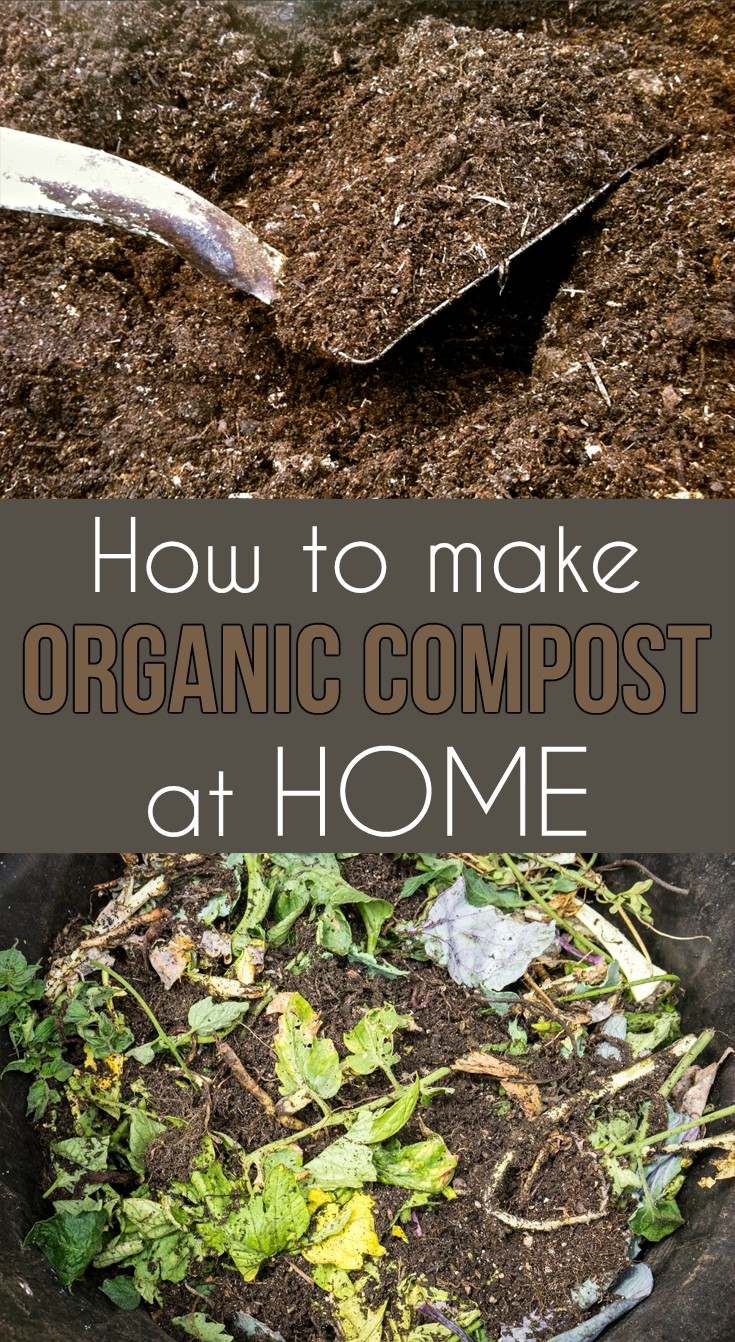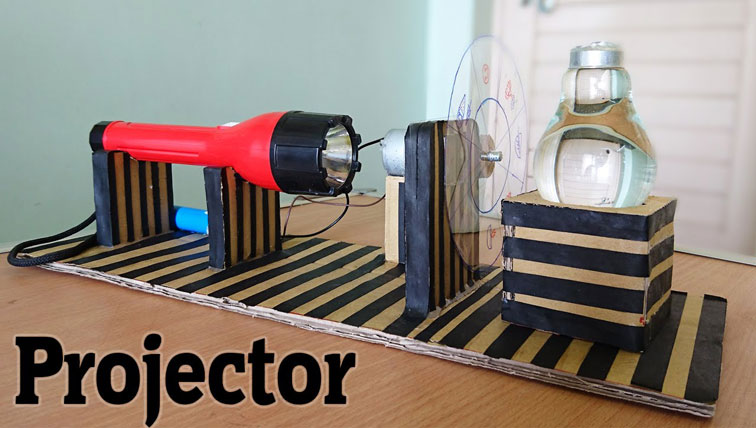Table of Content
One selvage edge is often white, as seen in the photo above. The selvage edge is always straight and on grain. To square your fabric with the selvage, first fold the fabric so that the selvage edges meet. Next, take a long wide ruler and line up one edge with the selvage edge. Use a fabric pencil or marker to mark the line and cut. If you are using a stretchy fabric, then use the zigzag stitch setting on your sewing machine.

They are simple yet elegant and give you a crisp appearance. Cape scarf is a style statement and is easy to sew at home if you get the right instructions. Choose this regular and simple scarf sewing pattern. Starting at one corner, sew the ribbon or ricrac on.
Craft This Simple Tiered Felt Tassel Scarf
Don’t forget to trim the end of the scarf, as no matter how you style a scarf; the two ends will show. Make sure you consider the purpose of the scarf while choosing the fabric. The above section will help you choose the best fabric for scarves. This scarf fabric has an excellent texture and print. It looks amazing when made in bright and deep colors. If you want to learn how to make scarfs for special events, you should choose Dilly fabric.
It's Always AutumnThis DIY scarf is one of the easiest on the list to complete and would coordinate with a number of styles. The tutorial involves cutting a piece of fleece to size then adding on a yarn fringe on the ends. Experiment with different colors and thicknesses of yarn for varying results.
How To Make Scarfs – 9 Best Fabrics
The width of the fabric will depend on how full you want it to be. Try wrapping the fabric around your neck a couple of times to see how it looks with the current width. If it seems too full, then you could cut off some of the excess to lighten it up. Consult your sewing machine’s manual for instructions on how to apply different settings to your machine. For cancer sufferers, but, silk scarves have the added advantage of drawing moisture faraway from the skin, making them relatively snug to put on.
Wrap the long section of scarf around the back of your head. Take the long, dangling portion of your scarf and finish looping it around the back of your head. Bring it back to the right side of your head, where the shorter, left section of your scarf is. Don’t pull too much—the left side of your scarf needs to be long enough to wrap beneath your chin. Cut a coffee filter in half to create a base for your mask. Search in your pantry for a generic coffee filter that you’d use to brew a pot of coffee.
How to Make an Easy Scarf: 9 Amazing Scarf Sewing Patterns
Sew about 0.5 inches (1.3 cm) from the raw edges of the folded fabric. After you get a few stitches into the fabric, backstitch a few stitches. Crafts Unleashedif you're looking for no-sew scarf tutorials, you'll find that a lot of them use felt.

They can save your skin, prevent you from dust, help you get relief from neck pain, and hide those last night’s love bites. Ricrac and narrow ribbon can be sewed on using one stich in the center of the trim. Wider ribbon may need to be stitched in place near the top and bottom edges of the trim. With two straight edges on your fabric, you can now measure 26” on all sides. Be sure to cut the selvage edge off before you measure. The first two edges that you will measure 26” on will be your selvage edge and the edge you cut in Step Two.
You should wrap the fabric around your neck to check how it looks with the full fabric width. It is airy and gives you a crepe and matte surface. Chiffon is easy to sew with as it has a soft and silky texture. You can use cotton voile fabric to make summer scarves.
To complete this scarf, all you need to do is cut slits at the end of the scarf about every two inches. Then, tie small knots at the end of each piece of fringe. Mollie JohansonThere are many crochet scarf patterns on the internet, but many of them are simple and straightforward.
Repeat for the other three edges working on one edge at a time. If you do want to attempt mitered corners, then skip to Step Six. However, mitered corners are not difficult and are a great way to add a finished look to this head scarf. If your fabric does not have the selvages, you can either rip it or pull a string. Cotton fabric rips in a straight line along the grain.
Use a marker to draw a line through these points. Drawing this line on both sides of the fabric is handy but not necessary. Carefully refold only the first pressed fold line on both sides of your corner. Fold the scarf right sides together so that your corner comes to a point and the marker line matches front and back. Turn your corners right side out at the second fold line and insert a knitting needle to create sharp corners. You can finish off the edges using a variety of methods.
Cotton is the most used fabric for making clothes, t-shirts, and scarves. It is lightweight, breathable, and versatile, making it easy to care for. Flannel is medium-weight, durable, and comfortable to wear fabric. Scarves made from flannel fabric are soft, warm, and breathable.
Unfortunately, small scarves and bandanas won’t work well for this type of head covering. If you don’t have a large scarf on hand, you can easily find one online or in your local clothing store. Tuck the top and bottom thirds of the scarf over the filter.

No comments:
Post a Comment